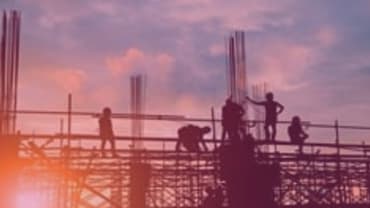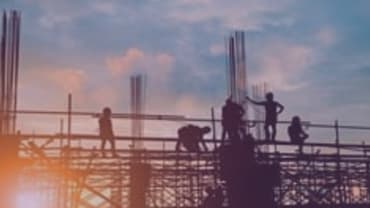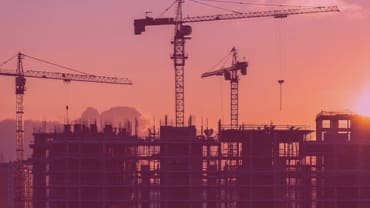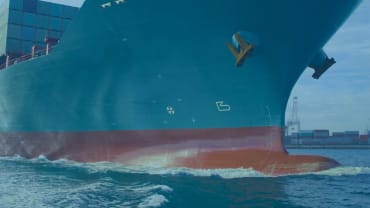Following Grenfell Tower the UK government initiated a building safety consultation, which included an independent review on fire safety and building regulations, by Dame Judith Hackitt. The review placed a focus on Aluminium Composite Material (ACM) Cladding used in the external walls of buildings and asked whether these panels could be used safely as part of a wider external wall system.
The government has recently responded to the review with a ban on ACM in the external walls of residential buildings over 18 metres above ground level with further amendments to The Building Regulations 2010 due to come into force on 21 December 2018.
What about the position in Scotland?
Since 2005, Scottish building regulations have required cladding and insulation on new high rise domestic buildings over 18 metres to be made of non-combustible materials or to pass a stringent fire test. There has therefore been very limited use of combustible rain screen cladding and insulation.
The Scottish government has nevertheless undertaken its own review into fire safety, which was published earlier this year (see linked Report by Dr Paul Stollard on recommendations of the Review Panel on Building Standards (Fire Safety) in Scotland published on 29 June 2018).
The review concluded that a more robust system of verification of fire safety engineering solutions for complex buildings was desirable. It has suggested a form of national "hub" which could be responsible for the verification of fire safety engineering designs.
The review also concluded _ without consensus - that for new buildings over 18 metres, there should be at least two stairways as a means for escape; and that automatic fire suppression systems should be extended to all Houses in Multiple Occupancy (HMO) where used for "care", large HMOs (10+) and flats, provided that for the latter it can be achieved with simpler and cost effective installations.
What next?
The changes afoot in England will closely align with the existing Scottish position. So far as Scotland is concerned, changes and clarifications to technical guidance are expected; and in the longer term the Scottish review suggests that consideration be given to a certification system for fire safety, similar to the Structural Engineers Registration (SER) Certification Scheme which administers the certification of the design of building structures - already in use in Scotland.
The Scottish review concluded such a scheme was probably at least 5 years off given the relative lack of fire engineers practicing in Scotland. It will be interesting to see whether that idea takes hold and the scope of any duties and functions placed with any certifying fire engineers in due course.
Contributors
Partner
Partner













